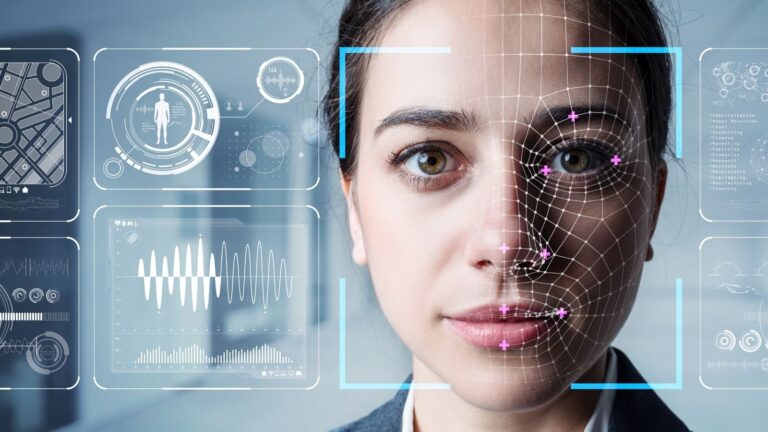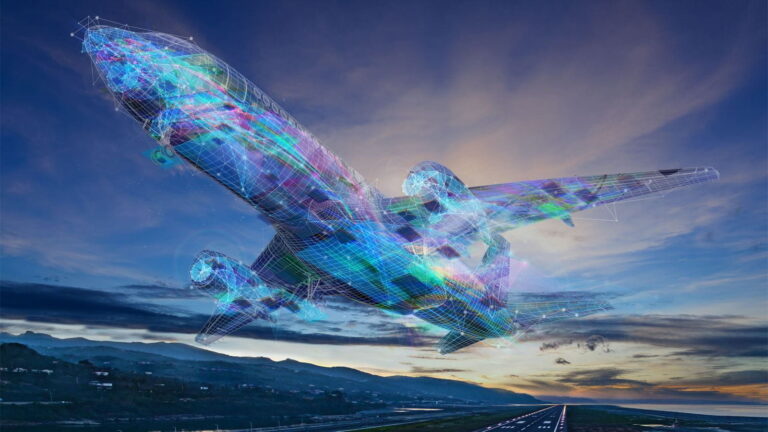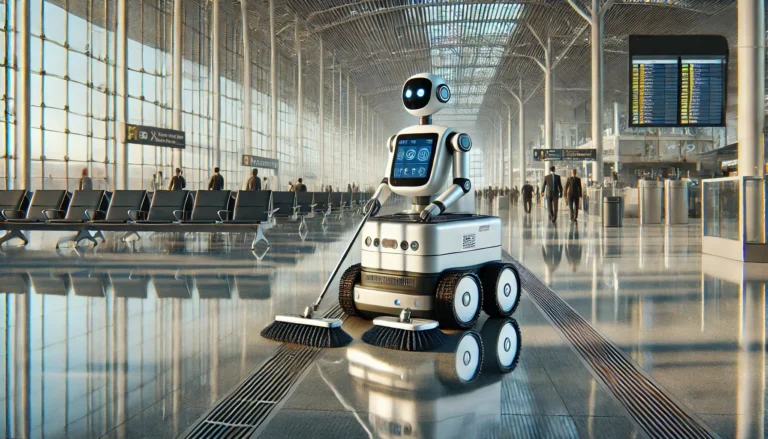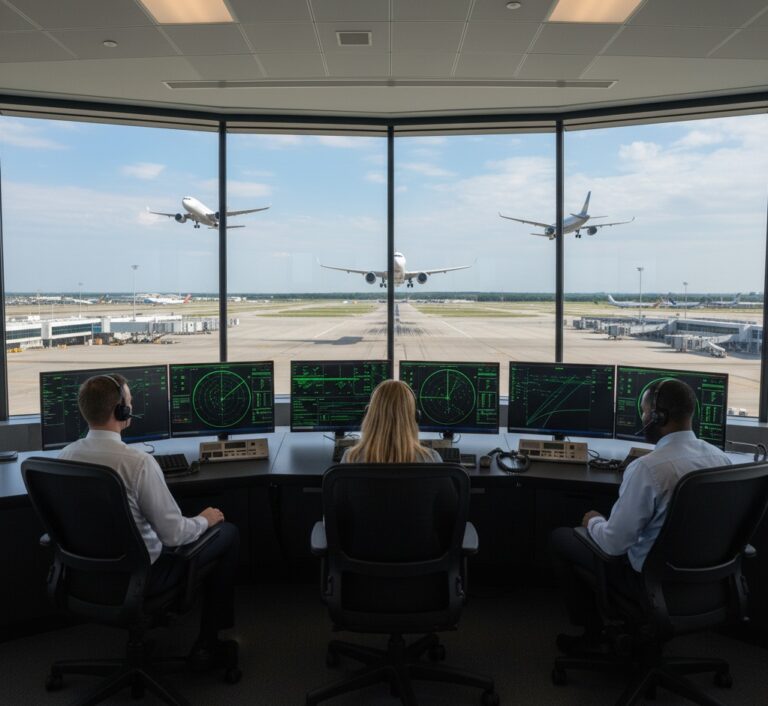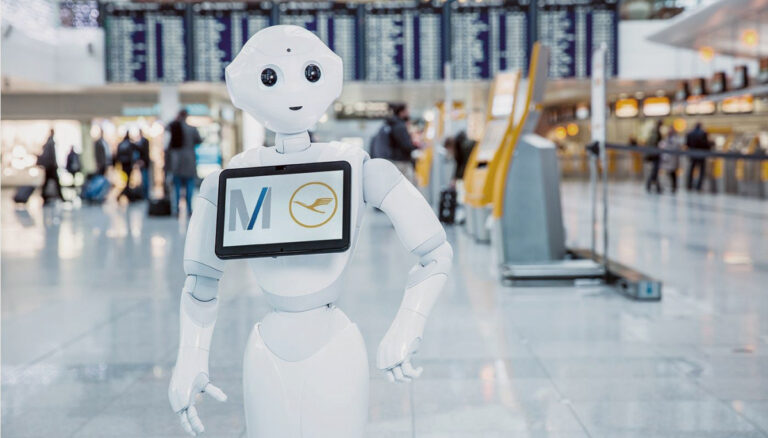Building an Efficient Airport Operation with Digital Twin Technology
Digital twin technology provides a virtual representation of an airport’s physical assets and processes, enabling real-time monitoring and simulation of complex operations. A digital twin can be broadly defined as a digital counterpart of a physical object or system. In the context of Industry 4.0, this approach allows airports to integrate data from sensors, aircraft, and passengers into one cohesive model, linking the virtual and physical worlds (Kritzinger et al., 2018). By continuously synchronizing these models with live data, airport operators gain deeper insights into system behavior and performance, facilitating informed decision-making and optimization.
A Brief History of Digital Twins
The digital twin concept has been around longer than you might expect. It was first introduced in 1991 by computer scientist David Gelernter in his book Mirror Worlds. While the foundational idea existed, it wasn’t until 2002 that Dr. Michael Grieves from the University of Michigan applied it to manufacturing contexts. Interestingly, NASA had already been using Earth-based digital replicas of spacecraft during space missions as early as the 1960s effectively, early versions of digital twins. However, the term gained prominence in 2010 when NASA’s John Vickers formally named and promoted the concept as a key frontier for technological advancement (Grieves, 2015; Vickers, 2010).
Types of Digital Twins in Aviation
Digital twins can be categorized based on their application in aviation. Three main types are typically used:
- Asset Twins: These represent individual assets such as aircraft or airport infrastructure. For example, a digital twin of an aircraft engine can monitor real-time performance, predict potential failures, and schedule maintenance.
- Process Twins: These models simulate airport operations like baggage handling or air traffic management. Digital twins of these processes can help optimize efficiency by identifying bottlenecks and suggesting improvements.
- System Twins: These integrate multiple assets and processes into one comprehensive model, providing a holistic view of airport operations. This type of digital twin can optimize resources across various departments, from security to passenger services, and improve overall system performance.
How Digital Twin Enhances Airport Operations
- Predictive Maintenance: Digital twins enable predictive maintenance by continuously monitoring the health of airport assets such as terminals, runways, and baggage handling systems. Real-time data allows operators to predict failures and schedule maintenance before issues arise, reducing downtime and operational disruptions.
- Optimizing Passenger Flow: Digital twins can model passenger movement within terminals, optimizing crowd management and reducing congestion. By analyzing patterns in foot traffic, these systems help airport operators streamline security processes, check-in procedures, and gate assignments.
- Improved Safety and Emergency Management: By simulating emergency scenarios, digital twins help airports develop better safety protocols. For instance, in the event of a fire or evacuation, the digital twin can simulate the best routes and strategies to ensure passenger safety.
- Energy Efficiency: Airports consume significant energy. Digital twins can monitor energy usage in real time, allowing operators to optimize heating, lighting, and cooling systems, reducing costs and improving sustainability.
- Real-Time Decision Making: Digital twins provide real-time insights that allow airport managers to make quick, data-driven decisions. For example, air traffic control can use digital twins to adjust flight schedules or reroute traffic to minimize delays and congestion.
By collecting sensor data on equipment such as jet bridges, baggage systems, and ground vehicles, the digital twin can analyze trends and predict potential failures before they occur. This enables maintenance to be scheduled proactively, reducing downtime and avoiding costly disruptions. Studies have shown that incorporating digital twins into maintenance regimes can significantly improve fault diagnosis and service scheduling compared to traditional methods (Zhong et al., 2023). In practice, major airports are adopting digital twins to monitor critical infrastructure; for example, Schiphol Airport’s digital twin aggregates data from hundreds of sensors to forecast equipment health and minimize unscheduled outages.

Beyond turnarounds, research demonstrates that digital-twin-driven frameworks can improve scheduling of ground services. Luo et al. (2024) developed a digital twin–based multi-strategy scheduling system for specialized airport vehicles, continuously updating plans with live flight and vehicle data to enhance fleet utilization. Similarly, Liu et al. (2024) built an advanced airport digital twin for ground services, which integrates real-time information from service vehicles and planes. This system enables automatic diagnosis of service delays and predicts how individual holdups might propagate through subsequent operations, allowing proactive interventions to minimize knock-on effects.

While digital twin technology offers significant advantages, its implementation comes with challenges. The integration of digital twins with existing infrastructure requires substantial investment in both technology and personnel training. Additionally, ensuring data accuracy is crucial, as incorrect or incomplete data can lead to flawed decision-making. Cybersecurity is another concern, as digital twins connected to real-time data systems can be vulnerable to cyberattacks.
Digital twin technology holds immense promise for enhancing airport operations. By offering a virtual, real-time model of airport assets, processes, and systems, digital twins allow operators to optimize maintenance, improve passenger flow, enhance safety, and reduce energy consumption. As airports continue to modernize, digital twin technology will play an increasingly vital role in ensuring efficient and sustainable operations.
References
Baumann, J. (2019). Digital twin helps airport optimize operations. ArcUser. Retrieved May 3, 2025, from https://www.esri.com/about/newsroom/arcuser/digital-twin-helps-airport-optimize-operations
Grieves, M. (2015). Digital twin: Manufacturing excellence through virtual factory replication. White paper.
Kritzinger, W., Karner, M., Traar, G., Henjes, J., & Sihn, W. (2018). Digital twin in manufacturing: A categorical literature review and classification. IFAC-PapersOnLine, 51(11), 1016–1022.
Liu, C., Zhang, Y., Chen, Y., Liu, S., & Chen, L. (2024). Digital twin-enabled delay diagnosis traceability and propagation process for airport flight ground service. International Journal of Intelligent Systems, 2024, Article 7458758.
Luo, Q., Liu, H., Liu, C., Deng, Q., Guo, D., Cai, Z., Hu, Z., & Zhang, X. (2024). Multi-strategy cooperative scheduling for airport specialized vehicles based on digital twins. Scientific Reports, 14, 15533.
Shen, N. (2022). YVR launches digital twin to simulate real-time airport experience. Richmond News. Retrieved May 3, 2025, from https://www.richmond-news.com/local-news/yvr-launches-digital-twin-to-simulate-real-time-airport-experience-5223959
Vickers, J. (2010). Digital twin: The next frontier in space exploration. NASA Technical Reports.
Zhong, D., Xia, Z., Zhu, Y., & Duan, J. (2023). Overview of predictive maintenance based on digital twin technology. Heliyon, 9(4), e14534.
Pictures: Esri, Richmond News, FreePik



